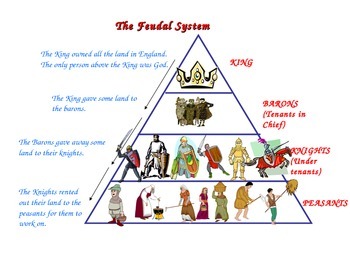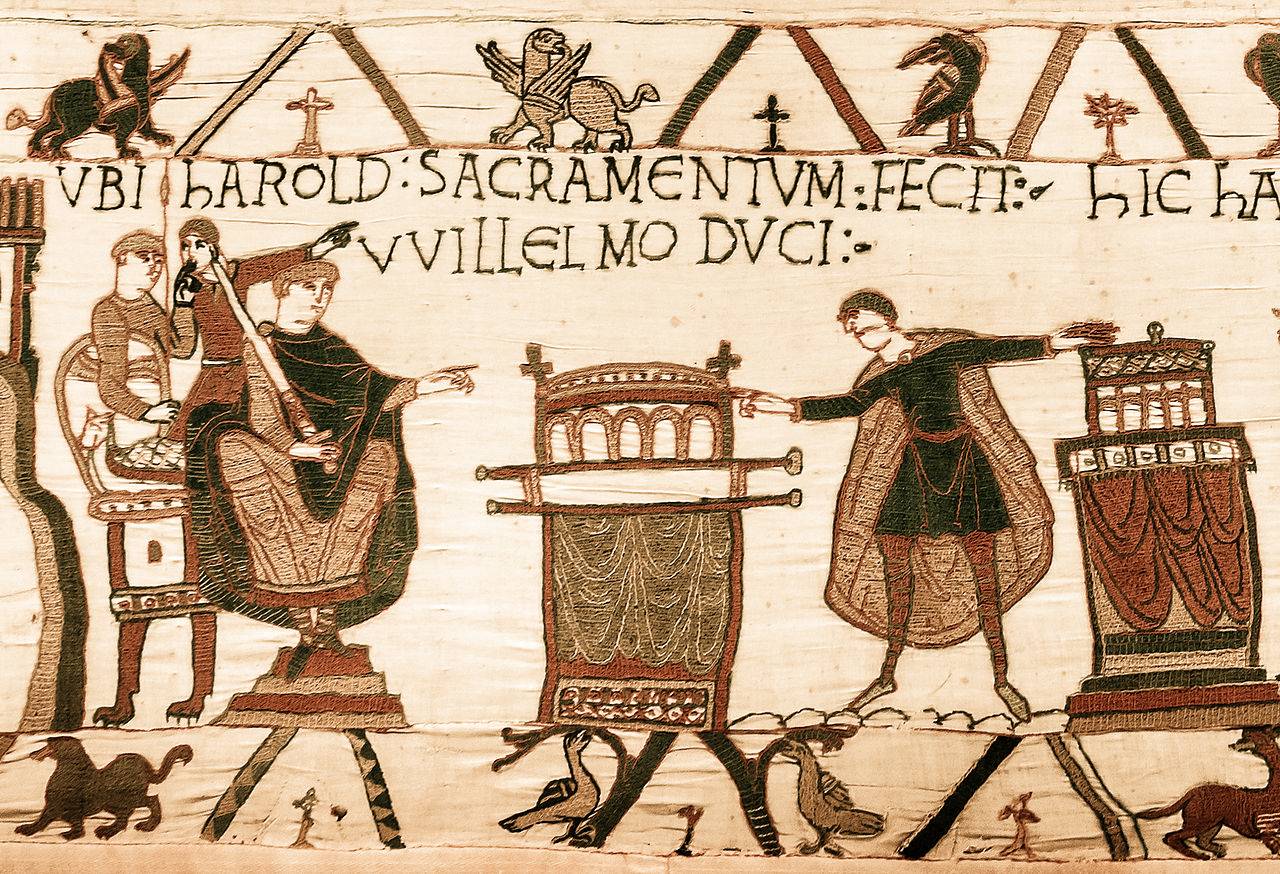

Tenancy of the depended serf holdings was generally granted for the duration of its tenant’s life and could not be inherited, while the descendants of a deceased tenant had to renew the right to the leasehold and to pay a tax to the landlord which was usually in a form of a donation of one cow or some other animal. and depended serf or villein holdings, agricultural units nominally held by the feudal lords, while the real property was held by the peasants as tenants obliged to provide labour services and to cede part of their products to the feudal lord.demesne or lord’s fief, an agricultural unit retained by the feudal lords for their own use.The land cultivated by peasants was divided on: However, there was also a considerable number of communities which were engaged in non-agricultural activities such as mining, forestry, transportation and crafts, while some coast villages were primarily engaged in fishing. Besides cultivating the land the medieval peasants also had to make and repair tools, dishes, clothes, coaches, horse gear and other items for their own as well as for their lord’s needs.

Peasants who lived on the land of the secular lords were also obliged to offer a tenth of their harvest and other products to the Church. Medieval peasants lived in villages or manors, agricultural units held by secular or ecclesiastical lords.
#Time frame feudalism in the middle ages free
Free tenants or free peasants were rent-paying tenant farmers owing little or no service to the lord but they very few in number.However, medieval peasants were not a homogenous group and were subdivided into the following groups:

Instability which marked the period of the Early Middle Ages forced the small landowners and free peasants to seek protection at the nearest powerful landlord which eventually led to the loss of their ownership of land (but not the right of its use) and often also to loss of their personal freedom.

Slaves, coloni – tenant farmers who worked on latifundias (large Roman estates) and members of free rural communities slowly disappeared over the following centuries and began to form the class of peasantry or serfs – the lowest class of the feudal society. After the Fall of the Western Roman Empire, the barbarian kings and military leaders seized the former Roman estates together with their working force (slaves and coloni), while the remained area was eventually settled by other members of the invading peoples as free peasants.


 0 kommentar(er)
0 kommentar(er)
